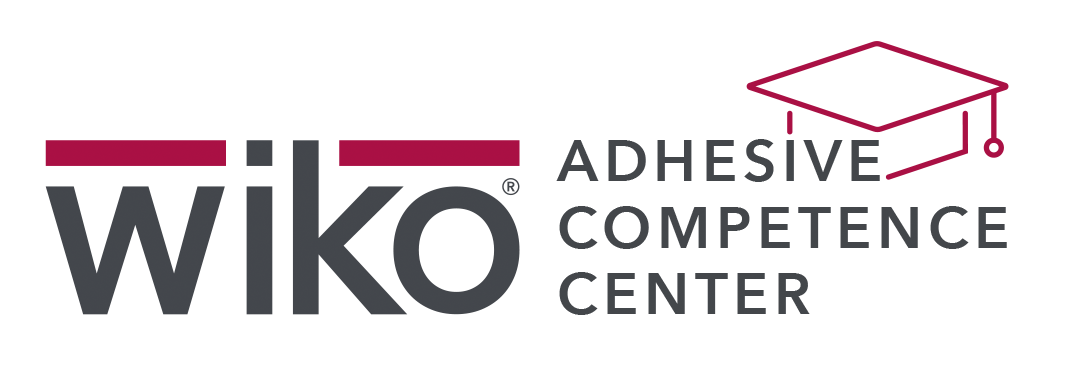Material closure
Material closure is a type of connection between materials that is created by direct contact or fusion. In contrast to a frictional connection, which joins materials through a mechanical connection, a material connection forms a firm, permanent bond in which the joined materials form a unit.
Material connections can be made in different ways, depending on the type of materials that are to be joined. In welding, for example, metal parts are joined together by fusion. In soldering, a metal solder is applied to the metal parts to be joined and melted by heating, creating a strong bond. In bonding, materials can also be joined by material closure. Here, an adhesive is applied to the materials to be joined, which bonds with the materials after curing.
Material bonded joints offer high strength and durability because they form a strong bond between the materials. They are particularly suitable for applications where high load-bearing capacity and stability are required. However, it is often more difficult to undo or repair a material closure connection compared to a force closure connection.
Overall, the material connection is an important way of joining materials that is used in many industries such as construction, electrical engineering, the automotive or aerospace industry, as well as in many other applications. Due to its high strength and durability, the material closure offers a reliable and long-lasting connection that meets the requirements of many demanding applications.





